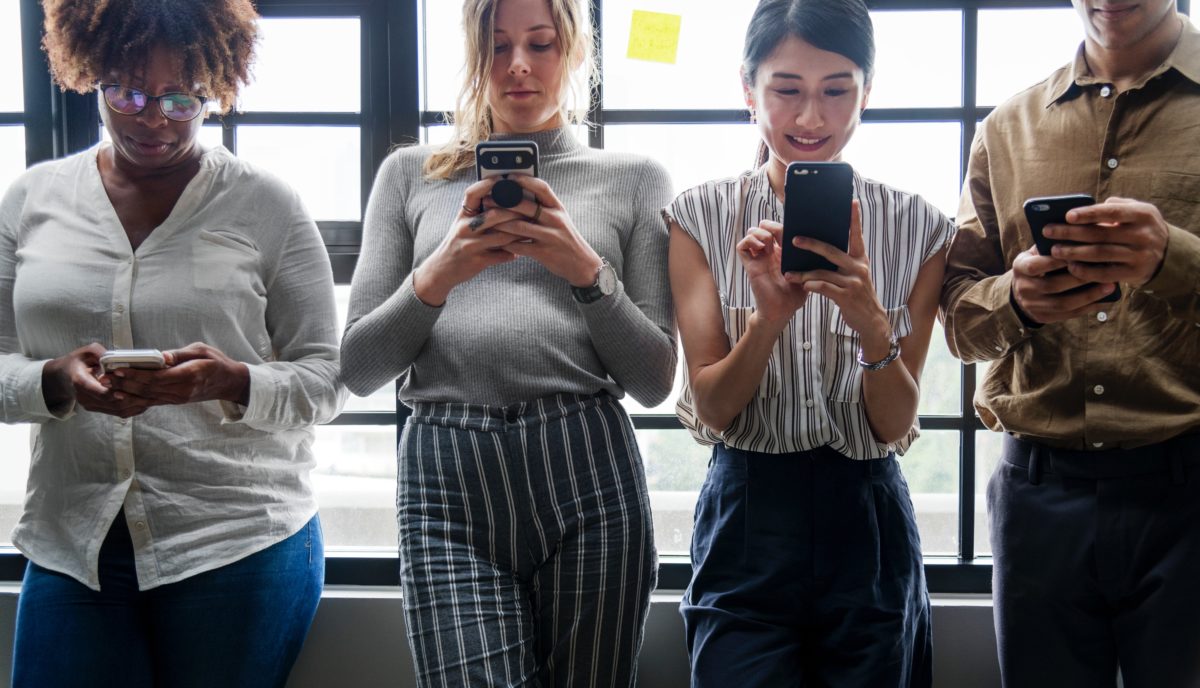As the City of Philadelphia has been dealing with daily updates about the spread of COVID-19, it’s been using its text alert system, managed by the Office of Emergency Management (OEM), to release ongoing, updated information to the public.
The City’s service, called ReadyPhiladelphia, was chosen for its ability to get emergency information to both internal partners in the city and external enrollees in the public, said Katie Howlin, the alert and warning coordinator for the OEM.
ReadyPhiladelphia is a product of Everbridge, an emergency communications services company for which enrollees can opt in either through text or by customizing email or text alerts for 14 categories of interest online for free. (Currently, folks can text COVIDPHL to 888-777 to enroll in updates about the virus.)
Text COVIDPHL to 888-777 to receive free text alerts with COVID-19 information and updates from @PHLPublicHealth and @PhilaOEM.
For more updates go to https://t.co/PxBRcBOFlA. pic.twitter.com/ycObu5Orno
— City of Philadelphia (@PhiladelphiaGov) March 13, 2020
Technical.ly reached out to the OEM to learn more about how it’s using this messaging system to disseminate information during the pandemic. Howlin sent us responses via email; they have been lightly edited for length and clarity.
###
Technical.ly: How is ReadyPhiladelphia being used right now? And who’s using it?
Howlin: The system allows us to create specific keywords for events or incidents that direct people to official, credible information. During the Eagles Super Bowl parade in 2018, 100,000 people were kept informed of important information from the city by enrolling in ReadyEagles.
For the coronavirus response, we decided to use COVIDPHL as a keyword. As of [Friday] morning, nearly 32,000 people have enrolled for text alerts direct from the city on COVID-19 response. In the first 24 hours of announcing the keyword, over 15,000 people enrolled.
Has this technology made it easier to get info out to the masses?
It enables us to be our own newsroom by taking messaging direct to the audience.
For example, there was a press conference held at the Emergency Operations Center on Thursday, March 12, announcing an update to the COVID-19 response by the City. It was decided that the Philadelphia Department Of Public Health would livestream the press conference. We announced to tens-of-thousands of people through the COVIDPHL group that they could watch the press conference live on Twitter. At the livestream’s peak, there were 2,400 people watching live on Twitter and 12,400 watching a replay.
This technology also allows us to publish information we feel is important to the public that may not make it online, in print, or in a tv rundown.
At this time, it’s important for residents to get their information from trusted sources. We recommend getting information from the City’s verified accounts, especially the Philadelphia Department of Public Health’s Facebook and Twitter accounts. We also encourage residents to check phila.gov/COVID-19 to see our latest updates and information.
In a health situation like this one, why is it important to have a direct line to residents?
Digital and social media is a blessing. It allows for information to be disseminated and shared quickly. It also can have negative impacts for those same reasons as far as spreading false rumors, which can have negative consequences to people’s welfare and well-being. The ability to address rumor control and to highlight critical information is so important in an emergency, as it connects people direct to the source of info, which we then hope is shared responsibly on social media.
Using technology to have a direct line to residents is significant, as we can reach people in real-time in their homes, offices or outdoors. When we couple this with the ability to reach people through reverse phone calls or federal systems like WEA [Wireless Emergency Alerts] or EAS [Emergency Alert System], it complements a robust public outreach system.
Before you go...
Please consider supporting Technical.ly to keep our independent journalism strong. Unlike most business-focused media outlets, we don’t have a paywall. Instead, we count on your personal and organizational support.
Join our growing Slack community
Join 5,000 tech professionals and entrepreneurs in our community Slack today!

Trump revokes Biden’s AI order, but safety consortium won’t yet dissolve

Turnpike toll upgrades could shrink Pennsylvania’s broadband deserts

How Philly cops can use the city's $800k for police drones to improve safety while avoiding unchecked surveillance


